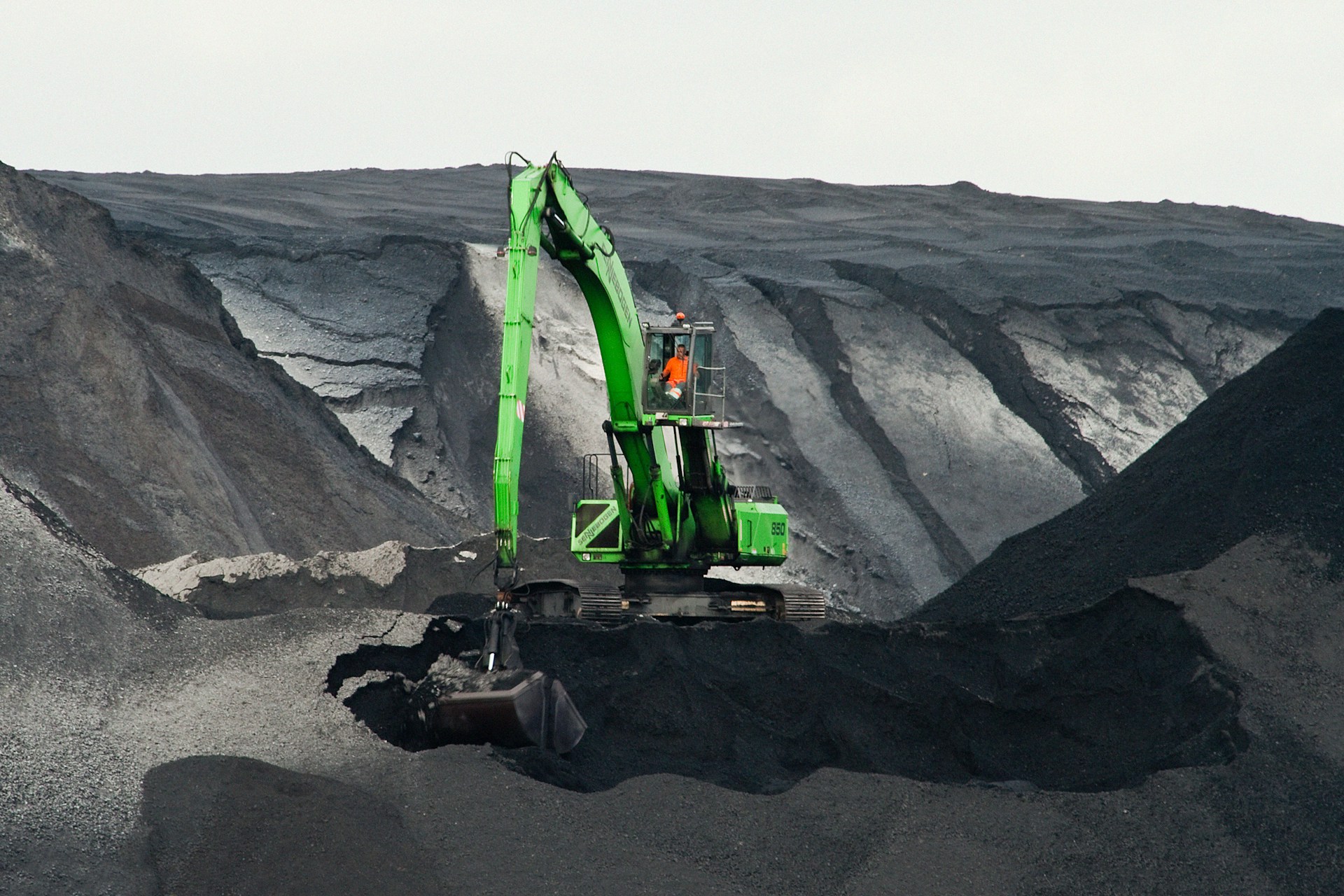BHP’s latest agreements with Chinese battery giants CATL and BYD mark a pivotal development in the global mining sector’s shift toward clean energy integration. Announced on 14 July, the mining major aims to deploy battery-powered solutions across its Australian operations, focusing on ore-hauling locomotives and onsite light vehicles, while jointly developing fast-charging systems and closed-loop battery recycling capabilities. The move not only aligns with global net-zero ambitions but also positions BHP as an active participant in reshaping mining infrastructure through electrification.
In partnering with CATL on energy storage and sustainability, and BYD’s FinDreams on electric vehicle supply, BHP signals its intent to embed decarbonisation within core operational systems. The initiative is expected to significantly reduce diesel dependency at remote sites, with electric fleets promising both emission reductions and operational savings. This shift holds particular importance in light of BHP’s pledge to lower operational emissions by 30% by 2030, even as competitors like Rio Tinto and Fortescue adopt more aggressive targets.
What distinguishes this development is the shift from mere compliance to forward-thinking collaboration. With mining traditionally seen as a high-emission sector, BHP’s alignment with world-leading battery innovators suggests a long-term strategy beyond surface-level sustainability. By exploring integrated recycling models, leveraging its own copper supply and CATL’s closed-loop technology, the company could redefine how mining fits within the global energy transition.
However, scalability remains a critical challenge. Introducing battery-run heavy machinery requires extensive testing, infrastructure upgrades, and regulatory support. Remote charging, especially for locomotives in Western Australia, may necessitate decentralised renewable solutions. Yet if pilot programmes succeed, they could serve as blueprints for industry-wide transformation, prompting other miners to reconsider the economics of electrification.
For BHP, this step is not simply environmental – it is strategic. Aligning with two of the world’s most influential battery developers positions the miner at the crossroads of energy, logistics, and climate policy. As global supply chains increasingly favour sustainable operations, the long-term value of such partnerships may well extend beyond mines and margins, into boardroom strategy and investor confidence.


